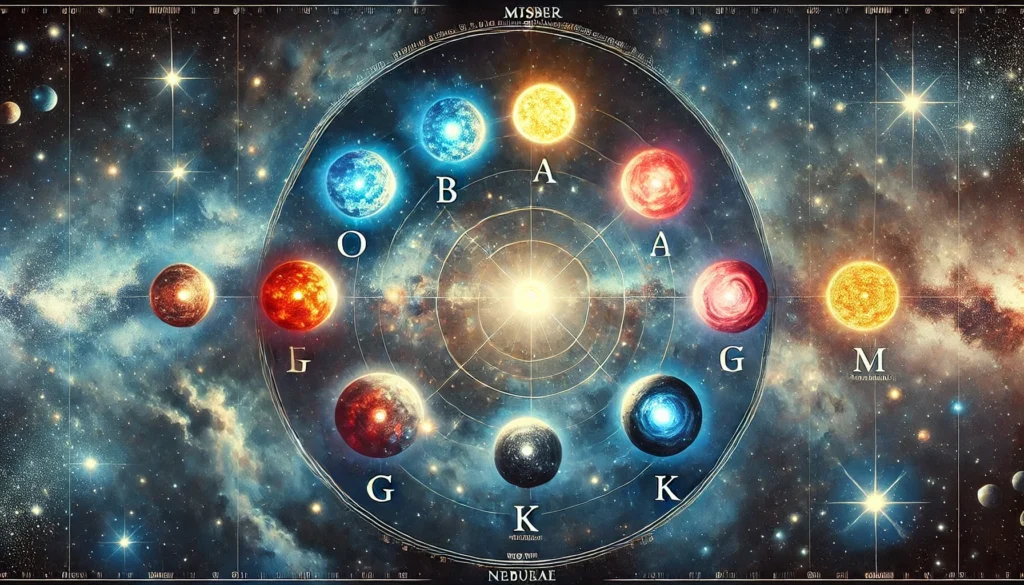
JWST discovers Dark Matter Halo surrounding an ancient galaxy
The James Webb Space Telescope, JWST, captured a fascinating cosmic phenomenon known as an Einstein Ring encompassing a massive ancient galaxy nearly as old as the universe itself.
What’s an Einstein Ring, you ask?
An Einstein ring, a captivating phenomenon predicted by Albert Einstein’s theory of General Relativity, occurs when a massive object, such as a galaxy or galaxy cluster, bends and distorts light from a more distant object behind it. This gravitational lensing effect creates a ring-like structure of light around the foreground object, resembling the iconic profile of Albert Einstein himself, hence the name “Einstein ring.” The foreground object acts as a gravitational lens, bending and magnifying the light from the background source, leading to the formation of this cosmic spectacle.
These Einstein rings serve as profound cosmic lenses, offering astronomers a unique opportunity to study distant galaxies and galactic structures that would otherwise be too faint or obscured to observe directly. By analyzing the distorted shapes and brightness of the ring, scientists can deduce valuable information about the mass and distribution of matter in the foreground object, as well as the properties of the background source. Einstein rings thus provide a window into the hidden universe, unveiling the intricate interplay between gravity and light on a grand cosmic scale.
Read more: Space.com
- Could Spider Pulsars Be Evidence of Stellar Engines?

- Here are the 7 types of stars

- What is the greatest empire in science fiction?

- What is the Cosmic Dark Ages?

- Why Ian M. Bank’s Culture Are One Of The Greatest Civilisations In Sci-Fi

- Japan Set To Construct An Automated Tunnel For Its Struggling Delivery Network

